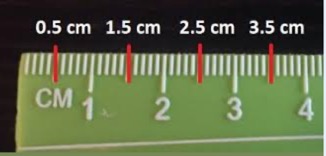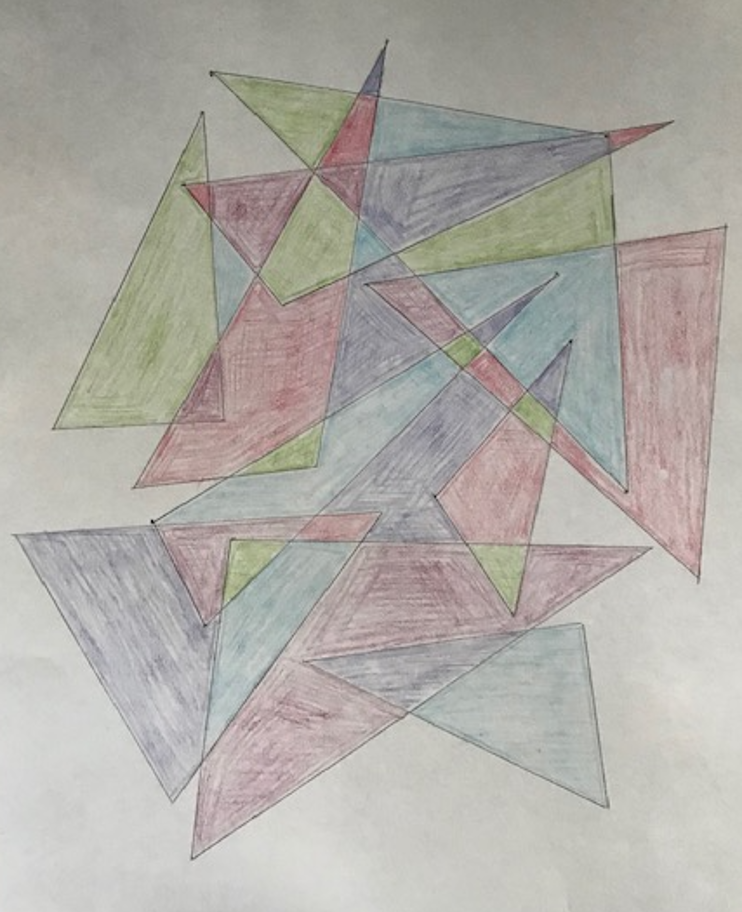Introduction to Measurement (First Grade)
|
PROPS AND TOOLS Each child will need a ruler with centimeters and millimeters, a pencil, and several blank sheets of paper. Children will also need crayons or colored pencils or markers. THE LESSON 1. Looking at rulers. 

How long is one centimeter? How long is one millimeter? Five millimeters make one half of a centimeter; ten millimeters make one centimeter. When you count centimeters and millimeters, you count spaces between lines, not lines. 2. Terminology. (Teacher may write on blackboard; children read and speak.) Cm is read centimeter or centimeters; mm is read millimeter. 2.3 cm is read two centimeters and 3 millimeters. 6 mm is read 6 millimeters. etc. Children should read aloud 6 mm, 3.4 cm, and so on, and show the length on their rulers. They do not have to show it starting at the zero point of their rulers; 2.5 cm can be shown between the 13 and 15.5 markers on a ruler. This activity can be carried out until children lose interest. 3. Children work in pairs. Each pair marks three points on a blank sheet of paper (not too far apart) and draws a triangle, using rulers to make straight lines. The children should work cooperatively. It is easier to draw a line if someone helps you hold your ruler. The word “triangle” should be used and also the words “sides of a triangle” and “vertices of a triangle”. 4. Both children in each pair measure each side of their triangle, one side at a time, using rulers and counting centimeters and millimeters. They do not have to read the numbers on the scale, but they may. They should reach agreement about the lengths. REMARKS Children may need help with tasks 3 and 4. Tasks 3 and 4 should be repeated until children get proficient or lose interest. Talking should be encouraged. The teacher may help by drawing on the blackboard triangles of different shapes and sizes in different positions. “Now I’ll draw a tall skinny triangle upside down.” Each pair of children should fill two sheets of paper. The number of triangles on each sheet is not important. The lesson should end with each pair coloring the triangles on their sheets. Each child will then have one sheet with colored triangles to take home. 
There is no hidden agenda in this lesson. Children are learning to draw triangles, measure their sides, and talk about what they are doing using acceptable terminology. Lesson Index |